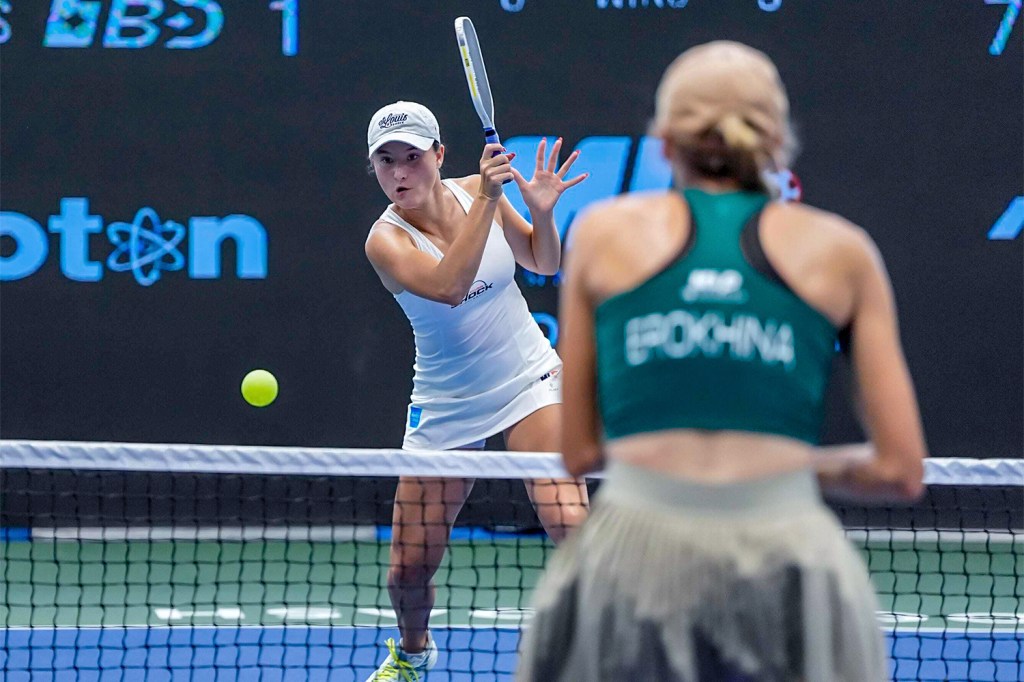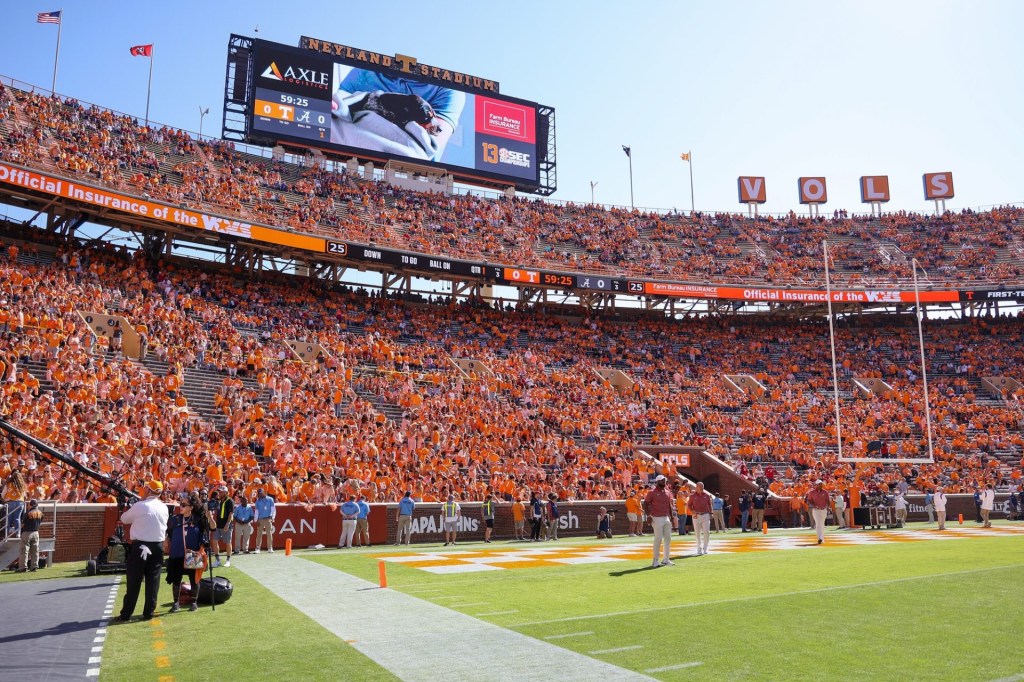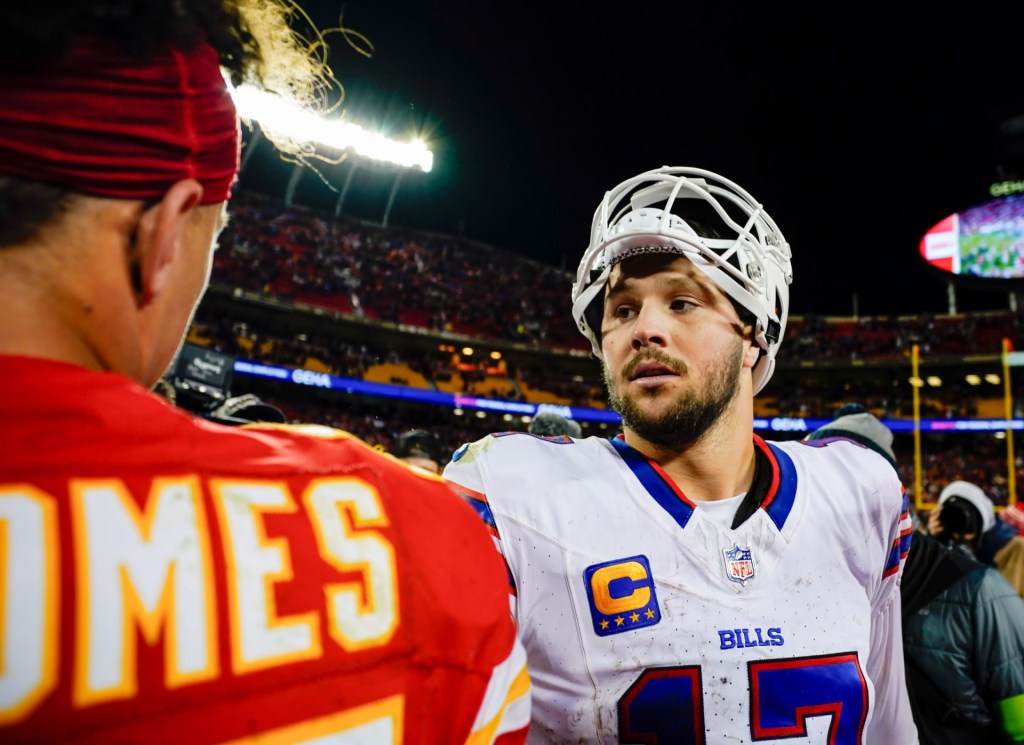A wild card has emerged in the multibillion-dollar negotiations for NBA media rights: the WNBA.
The NBA and WNBA are jointly negotiating an extension of their current media-rights deals with the Walt Disney Co.’s ABC and ESPN. But the WNBA’s media rights are rising in value as Iowa’s Caitlin Clark prepares to join the league—and women’s sports reach new levels of popularity.
The WNBA believes its media rights are undervalued. If the league doesn’t get what it wants jointly from ABC and ESPN, it’s quite likely to negotiate its own separate deal, say sources close to the negotiations—either with Disney or a competitor. Possible packages and proposals are flying back and forth between the two sides, sources tell Front Office Sports, and the WNBA is open to anything. The goal is to maximize the league’s reach and market value.
The WNBA declined to comment for this story.
The WNBA currently earns about $60 million annually from its TV and streaming deals with ABC-ESPN, Amazon Prime Video, CBS, and ION. With excitement building around Clark and women’s March Madness, the league will try to push its annual media-rights payout to between $80 million and $100 million, predicts former ESPN executive John Kosner. ABC-ESPN generates about two-thirds of the WNBA’s annual rights revenue on a deal that will, like the NBA’s, expire after the 2024–’25 season.
“You can’t miss all of the attention the 2024 [NCAA] women’s championship is receiving and ESPN’s strong ad sales efforts against it. All of this inures to the benefit of the WNBA’s media rights,” says the former ESPN executive turned founder of Kosner Media. “Caitlin Clark is that most unusual athlete who brings fans to the sport for the first time. Far more people will tune in to the WNBA this summer, and they’ll discover the wealth of talent in the women’s game.”
The WNBA just posted its most-watched season in 21 years, averaging 462,000 viewers per game across national TV partners ABC, ESPN, ESPN2, and CBS—up 21% over last year. On ABC alone, regular-season games averaged 627,000 viewers. The league also had its most-watched WNBA Finals in 20 years, averaging 728,000 viewers per game—a 36% year-over-year increase. As far as the live gate, the league’s average attendance rose 16% to 6,615 fans per game, the highest figure since 2018.
The rising tide of women’s sports is lifting all boats—or at least many. For the first time, Fox Sports averaged more viewers this season for women’s college basketball than men’s college hoops. Iowa’s stirring comeback OT victory over Nebraska grabbed more than 3 million viewers, making it the most-watched women’s college basketball game on CBS in 25 years. So-called “women’s elite sports” are projected to generate more than $1 billion in revenue for the first time in 2024, according to Deloitte.
Donna Orender, the former WNBA commissioner, expects a “significant increase” in WNBA rights as Clark enters the league—almost certainly as the No. 1 pick of the Indiana Fever at the league’s draft in New York City on April 15.
“The No. 1 driver of [TV] ratings points right now happens to be Caitlin Clark,” Orender tells FOS. “And her first game in the WNBA will be this spring. Her fans are going to follow. The WNBA’s fans continue to grow. It’s that convergence point that’s really moving things forward.”
The National Women’s Soccer League just set the record for the largest media-rights deal in women’s sports history via its $240 million deal with ESPN, CBS, Amazon, and Scripps Sports. The four-year deal will pay NWSL about $60 million a year—or 40 times what the previous deal did. That landmark pact bodes well for the WNBA as it nears tip-off of its 2024–’25 season May 14, according to Orender.
“These rights have been depressed, or suppressed, for quite a long time. But it’s always a question of buyer and seller. Everyone’s always trying to get their best price,” she says. “But I think there is a recognized increase in value across the board for women’s sports. And I think that’s going to be represented in the new rights fees that will be paid.”
Orender has a point. There’s an argument that the WNBA’s media rights are undervalued vis-a-vis men’s sports leagues. Take the NHL, which is in the second season of twin seven-year deals with ESPN and TNT. The NHL pockets a combined $625 million annually from ESPN and TNT—more than 10 times that of the WNBA’s current payout. But the WNBA’s average national viewership of 462,000 across ABC, ESPN, ESPN2, and CBS last season nearly equaled the 474,000 for the league’s regular season on ESPN on TNT last season. WNBA fans also tend to be younger and more diverse, making them more attractive to advertisers.
The NBA is currently in a 45-day exclusive negotiating period with ABC-ESPN and TNT for new long-term agreements. The league will seek up to $75 billion for its next long-term media rights, according to CNBC. That would more than double the combined $24 billion from its twin nine-year deals through the 2025 season.
Here’s the problem for ESPN and TNT. Once ESPN’s exclusive negotiating period ends April 22, NBA Commissioner Adam Silver is expected to throw open the bidding to Amazon, Apple, and former TV partner NBC Sports. Amazon is looking to replicate its success with the NFL’s Thursday Night Football by devoting a night to the NBA. The NBA, meanwhile, is looking to bring back the magic of the Michael Jordan/Chicago Bulls glory days in the 1990s. Losing the NBA would be a serious blow for ESPN and TNT as they try to launch their as-yet-unnamed streaming service, nicknamed “Spulu,” with partner Fox this fall.
Michael McCarthy’s “Tuned In” column is at your fingertips every week with the latest insights and ongoings around sports media. If he hears it, you will, too.

















